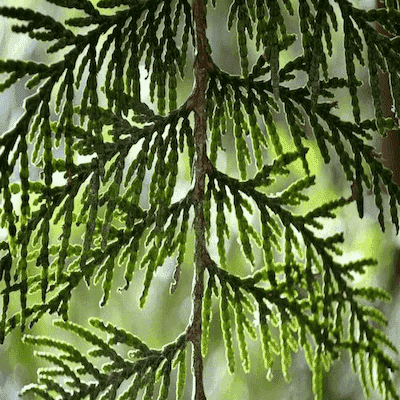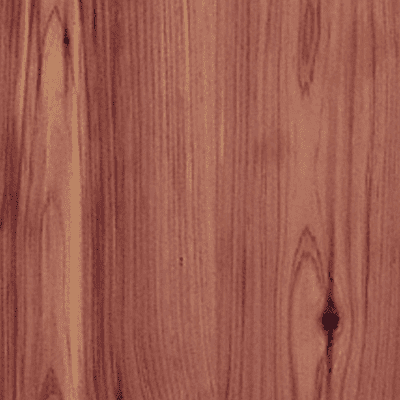Softwoods
A forest is a carbon bank, every tree a deposit.
Discover the immense value of cultivating clear, wide, long-board cedar wood and explore how growing Western Red Cedar and California Redwood can maximize your return on investment.
While often used interchangeably, Western Red Cedar and Red Cedar are distinct trees. Western Red Cedar (Thuja plicata) is native to western North America, while Red Cedar can refer to multiple species, including Juniperus virginiana and Cedrus atlantica.
Native to the Pacific Northwest, Western Red Cedar thrives in cool, moist environments.
Western Red Cedar is highly valued for outdoor applications like siding, decking, and shingles due to its durability and visual appeal.
Coastal Redwood (Sequoia sempervirens) is native to California and southern Oregon, renowned for its height and resilience.
Coastal Redwood plays a significant ecological and cultural role in the Pacific Northwest and is highly sought after for lumber, decking, and furniture.
Clear, wide planks of Western Red Cedar and California Redwood, 24 inches or more in width, are a rare commodity. For over 200 years, coastal forests provided an abundant supply of these valuable trees, but most were harvested long ago. Today, only a few specimens remain, protected in government parks and reserves.
This scarcity has driven demand for high-quality, knot-free, clear-grained cedar and redwood. Premium-grade cedar fetches approximately $5 per board foot, making it a lucrative investment for timber growers.
By employing high-density planting techniques, branches naturally prune themselves, reducing knots and creating clear wood. At harvest, 30-foot cedar sawlogs with 12-inch diameters can yield significant profits, with timber consortiums earning upwards of $500 per tree within 30–40 years.
Timber investment consortiums earn over $500 a tree in 30 to 40 years growing cedar clear wood. High-density plantings naturally prune branches from the trunk of each tree as it grows in the plantation. Trees spaced farther apart will form wood imperfections from branches left to grow on the trunk. At harvest, 30 feet cedar sawlogs are cut from the trees, which average 12-inches in diameter. Sawlogs are sold as knot-free clear wood, which will fetch top dollar.
Cedar wood plantations are perfect for wet lowlands that may not be suitable for a conventional farm or animal grazing. These trees will flourish, help control water levels and grow fast from abundant the water supply. A dry land, pure stand cedar plantation that grows in cultured rows is not recommended, however in the case of a wetland, pure stands of western red cedar grow better without the intermingling of other tree species like Douglas fir.
Instead of traditional row planting, Western Red Cedars are cultivated using geometric spiral patterns designed to enhance growth. These patterns stretch the cellular structure of the trees, promoting taller, faster growth. Introducing Pacific Yew trees between cedar plantings not only fosters a healthier, more biodiverse forest but also creates a secondary revenue stream from the plantation.
The Pacific Yew tree (Taxus brevifolia) is a native species of the Pacific Northwest, renowned for its medicinal properties and commercial value.
The Pacific Yew is a highly valuable species, both ecologically and commercially, thanks to its medicinal and woodworking uses. However, over-harvesting for Taxol production has placed strain on the species. To address these concerns, initiatives are in place to promote sustainable harvesting practices and to develop synthetic or alternative sources of Taxol to protect natural populations.
Western Red Cedar wood is considered the most valuable of all softwoods because of its fine, straight grain, color, flexibility and strength in proportion to weight, however, the most important property of cedar wood is its high impermeability to liquids and its natural phenol preservatives, which make it ideally suited for exterior use in wetter climates. Cedar wood lasts for years in a West Coast climate, but it wears and ages prematurely in a humid climate, turning grey after just a few years. This water impermeability has made cedar wood an ideal roofing material for homes of the Pacific Northwest for more than two hundred years. Cedar shakes are lightweight, strong, and water resistant, require no wood treatment, look beautiful and can last 30 years or more. These qualities also make Western Red Cedar ideal for cladding and siding, decks, and trim.
Western Red Cedar also has natural insulating properties offering approximately one “R” of insulation per inch which explains why native lodges were made from thick old growth cedar logs. The first log cabins of the people who first settled the west coast were also fabricated from these insulating logs.
The following comments were collected from a national wood products discussion forum.
This wood is my absolute favorite of favorites. Quite simply, it has a richness that speaks to my senses like a fine cognac long aged in French oak barrels, or perhaps your preference is Grand Marnier. My kitchen cabinets are made from Pacific Yew, as are many of our doors here at West Wind Hardwood, and upon returning from time away, I am always struck by how extraordinary this richly colored, unique wood is.
I Love Western Red Cedar; my all-time fave in softwoods - got a big pile of it stacked. I mainly use it for flutes and frame-drums but also scroll feather designs on the scroll saw and recently started making half-turned cedar log lamps on my lathe as well as other turned pieces, candle sticks and votive/tea-light holders.
I inherited a farm property in Campbell River, B.C on Vancouver Island. We hadn’t been up there since I was a kid. The house was nice, the property even better but what surprised us most was what was stored in one of the outbuildings; it was caulked full of 30 inch wide, 2-inch-thick cedar timber stacked high to the rafters. Some of the planks where over 40 feet long. We ended up selling the whole lot for a stunning amount of money – in fact we had a bit of a bidding war on our hands as word of this spectacular find spread throughout the town.
Softwoods, the pioneer species of the temperate forest, grow quickly to leave their mark on the landscape for centuries.
Partner with us in a land management project to repurpose agricultural lands into appreciating tree assets. We have partnered with growingtogive.org, a 501c3 nonprofit, to create tree planting partnerships with land donors.
We have partnered with growingtogive.org, a Washington State nonprofit to create a land and tree partnership program that repurposes agricultural land into appreciating tree assets.
The program utilizes privately owned land to plant trees that would benefit both the landowner and the environment.
If you have 100 acres or more of flat, fallow farmland and would like to plant trees, then we would like to talk to you. There are no costs to enter the program. You own the land; you own the trees we plant for free and there are no restrictions; you can sell or transfer the land with the trees anytime.
Copyright © All rights reserved Tree Plantation


